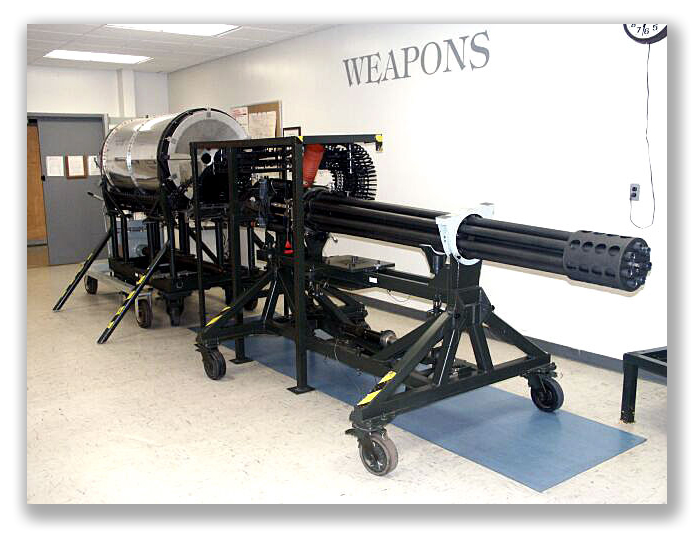We’re still doing a weekly newsletter … we’re just starting to post pieces of it every day. The news is fresher this way …
NEW YORK ROBBERIES NO LONGER VIOLENT
Corey Jones had just finished a 92-month sentence for being a felon-in-possession, but apparently his nearly eight years in federal stir was not quite long enough to get through to him. While in halfway house, he got into a shouting match with a staffer. The U.S. Marshals came to get him, whereupon he bit one of them on the finger.
Charged with assaulting a federal officer, Corey faced 210 additional months because his Guidelines set him as a career offender, based on – among others – a prior New York first-degree robbery. The 2nd Circuit had already held that New York Robbery 1 was a violent crime, but that was before Johnson v. United States.
Thursday, the 2nd Circuit reversed its prior stance, agreeing with Corey that after Johnson, New York 1st degree robbery was no longer a violent crime. The Court acknowledged that under Johnson, “the phrase ‘physical force’ means violent force—that is, force capable of causing physical pain or injury to another. Correspondingly, force that is not “capable of causing physical pain or injury to another,” i.e. less‐than‐“violent,” cannot qualify a crime as a violent felony…”
 A defendant commits 1st degree robbery in New York when he commits a robbery and during the course of the crime or his immediate flight either causes serious physical injury to any other person who is not a participant in the crime, is armed with a deadly weapon, uses or threatens the immediate use of a dangerous instrument, or displays what appears to be a gun. The Court found the New York statute to be divisible, but it could not tell from the record which subdivision Corey had violated. Thus, it had to rely on the least of the four subsections, being armed with a deadly weapon.
A defendant commits 1st degree robbery in New York when he commits a robbery and during the course of the crime or his immediate flight either causes serious physical injury to any other person who is not a participant in the crime, is armed with a deadly weapon, uses or threatens the immediate use of a dangerous instrument, or displays what appears to be a gun. The Court found the New York statute to be divisible, but it could not tell from the record which subdivision Corey had violated. Thus, it had to rely on the least of the four subsections, being armed with a deadly weapon.
The case turned on whether the force that a defendant used in the robbery was “violent force.” The Circuit found that New York law interprets “‘forcible stealing’ so that it does not always involve “force capable of causing physical pain or injury to another’.”

That leaves the gun. Considering whether the presence of a firearm turns a less-than-violent encounter into a violent on, the Court of Appeals decided that “when we conduct the inquiry Johnson requires, we cannot conclude that the presence of a gun that a robber does not display, use, or threaten to use during a robbery has any effect on the nature of the force that the robber exerts on his victim. Put another way, a robber’s possession of a concealed and unmentioned weapon while he commits a robbery can support a first‐degree robbery conviction… but such possession cannot turn what is otherwise less‐than‐violent force into violent force. It is therefore possible to commit first‐degree robbery in New York in a way that does not fall within the Career Offender Guideline’s definition of ‘crime of violence’.”
Thus, the 2nd concluded, “in the wake of Johnson that a New York robbery conviction involving forcible stealing, absent other aggravating factors, is no longer necessarily a conviction for a ‘crime of violence’ within the meaning of the Career Offender Guideline.”
United States v. Jones, Case No. 15-1518 (2nd Cir. July 21, 2016)

